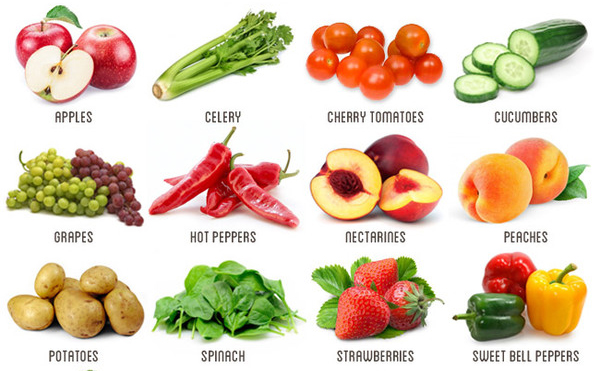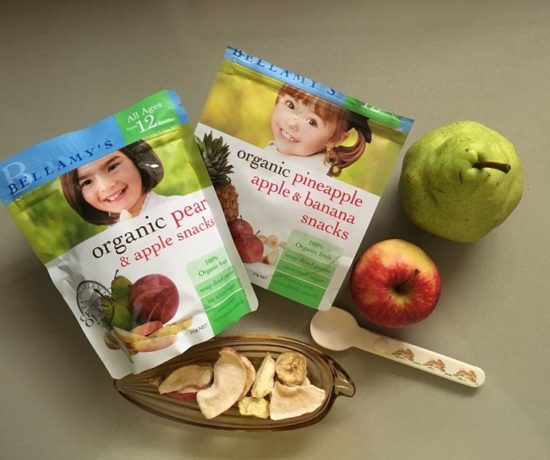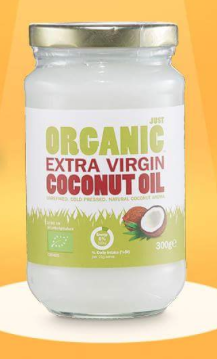The Dirty Dozen outlines a current yearly list of fruits and vegetables that are exposed to the greatest number of pesticides and may therefore carry a higher pesticide residue. The Environmental Working Group, a US health and environmental research organisation, undertakes the research and creation of the list, and its analysis of these foods found that by using the lists as a guideline, consumers could potentially reduce pesticide exposure by almost 90 percent.
Pesticide residue load has been implicated in a myriad of health conditions including ADHD, fertility complications, autoimmune conditions, thyroid disorders and various cancers.
If, like me, you are tossing up buying organic but the price tag is looking hefty, why not start with some (or all) of these for a healthier option?
If buying organic at your supermarket is not an option, try to support our organic farmers and small business by buying local at farmer’s markets or green grocers, get involved in a buying co-op and always look at the country of origin of your produce.
Bear in mind that much of the produce you buy is imported from other countries and may have been in prolonged storage also, which is another good reason to buy organic and/or local.
The dirty dozen has changed over the years, and in fact, it now contains many more than 12 fruits and veg, with the addition of: blueberries, broccoli, carrots, cherries, kale, lettuce, pears, zucchini.
Did you know about the dirty dozen and are you buying or thinking about buying organic fruit and veg?
Can you recommend cost-effective ways of buying organic fruit and veg?






No Comments